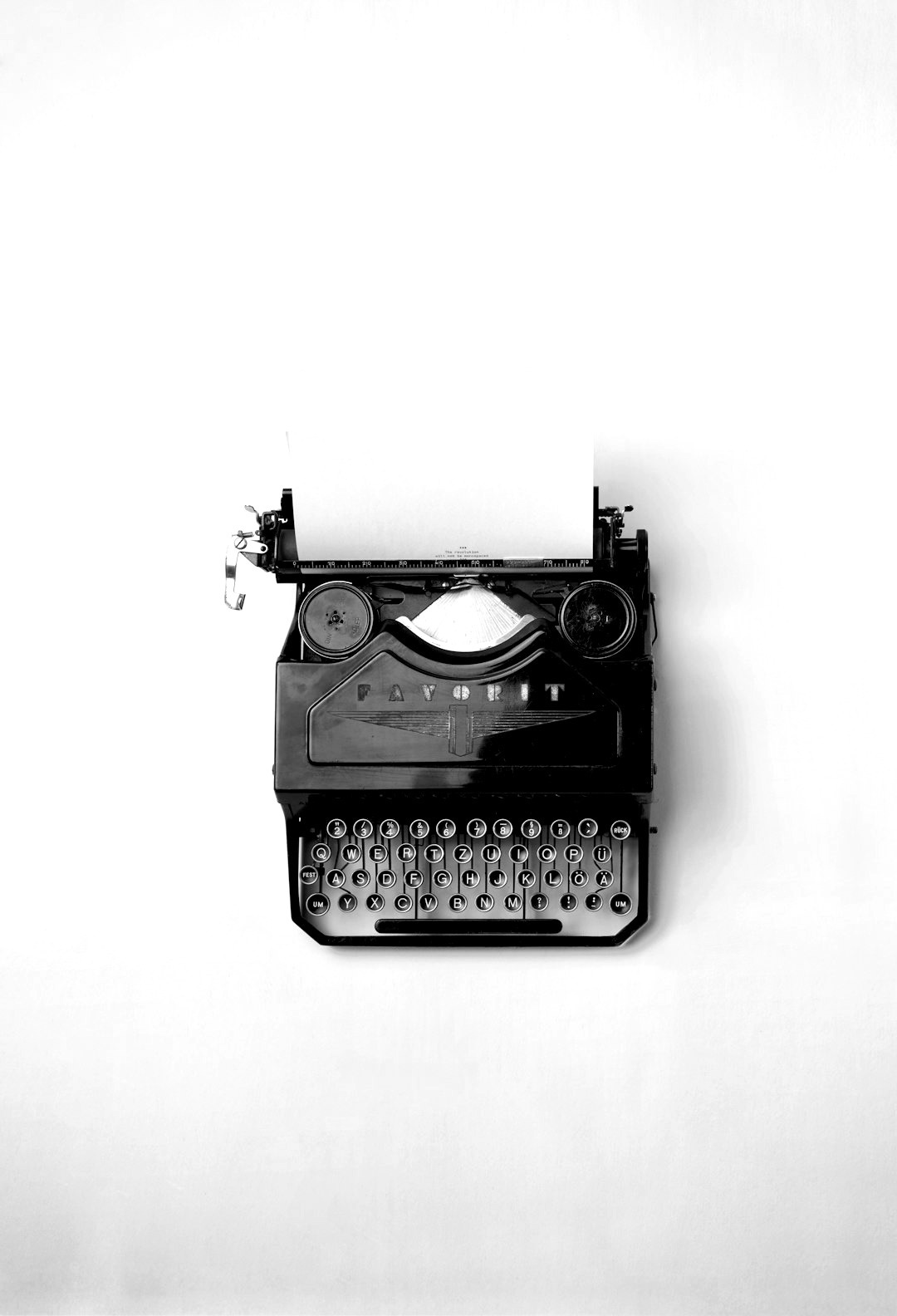Killer B2B SaaS Landing Pages: Headlines - Part 1
What makes a great headline? Perhaps the MOST important element to get right on your landing page.

In this series, we explore best practices analysed from over 69+ landing pages. Today we’re going to look at — headlines —.
If there is ONE thing to get right on your landing page, it’s your headline.
A vague or crappy headline will have your potential customers drop out of your website faster than a billionaire tech founder at college.
Someone is on your landing page because they are looking for something. Your headline should sign post that they are in the right place. If it doesn’t do that, expect people to hit the back button, regardless of how pretty or persuasive the rest of your landing page is.
“On the average, five times as many people read the headline as read the body copy. When you have written your headline, you have spent eighty cents out of your dollar.”
― David Ogilvy
Based on my research there are a few things which stood out…
Five common types
1. Descriptive
“The easy and effective CRM for closing deals” - Pipedrive
“One Easy-to-Use Platform for Everything HR“ - BambooHR
“Wireframe, Diagram & Whiteboard Online” - Moqups
“Easy to use and privacy-friendly Google Analytics alternative” - Plausible
“Scheduling infrastructure for everyone” - Cal.com
2. Promises
“The simplest way to create forms“ - Tally
“Beautiful Screen Recordings in Minutes“ - Screen Studio
“Grow your audience on social and beyond” - Buffer
“The platform for exceptional customer service at scale” - Front
“A better way to collect customer feedback” - Frill
3. Outcomes
“Organize your work and life, finally.“ - Todoist
“Say goodbye to never-ending lists, and hello to daily bliss“ - Llamalife
4. Curiosity
“My team has gone through four time tracking apps in the last two and a half years…“ - Noko
“Everything you ever wanted to know about your website... but your analytics never told you.“ - HotJar
“How developers build successful products” - PostHog
“What will you design today?” - Canva
5. Bold branded claims
“That meeting should have been a Loom video” - Loom
“Great outcomes start with Jira” - Jira
“Grow better with HubSpot” - HubSpot
Length doesn’t matter
The shortest headline I found was just 3 words — “Where work happens“ - Slack. The longest 17 words. What does that mean? Make your headline as long as it needs to be. Use as many words as needed to get your point across, but not a single word more.
A good approach for doing this is to imagine getting paid $100 for every word you can remove from your headline or copy. The goal being to remove or consolidate words without losing any meaning or impact.
Simple language
Avoid complex words or flowery language. If a fifth grader can’t understand your headline then it is too complex. Using simple English makes it easier to read, understand, and remember.
That said, feel free to use industry jargon if it is common for your intended market and helps get your point across faster.
Draw attention
Help guide people’s attention to your headline. Make it the first thing people WANT to read. This can be achieved by playing around with the following:
Headline position - Typically headlines are placed as the first element following a (simple) navigation bar. A lot of companies these days are using centred headlines and single-column layouts above-the-fold.
Font size and weight - Use large (but not too large) font sizes in bold or black font weight. Anything around 42-60px on desktop seems common.
White space - Give your headline space to breathe with plenty of white space and padding around it.
Readability is king
No matter how good the copy, if someone can’t read your headline they won’t. This boils down to optimising the following things:
Font type - Some font types are inherently easier to read than others.
Font weight - Most headlines researched use bold or black font weight to draw attention. Optimise the other variables given this.
Font size - Make sure your font size is not too small nor too big to be read easily.
Line, word, and letter spacing - Check that your headline words don’t feel too cramped within themselves and in relation to others.
Colour contrast - Ensure there is enough contrast between your headline text colour and your background. Follow Web Content Accessibility Guidelines (WCAG). There are plenty of calculators online to double check you have sufficient contrast for readability.
Casing - Play around with the capitalisation you use in your headline. Sentence case (“The quick brown fox …“) and title case (“The Quick Brown Fox …“) are the most common.
Don’t forget to optimise this for a range of viewports (e.g. desktop, tablet, and mobile).
In summary…
Here are some guidelines for a great headline:
Make it descriptive, a promise, an outcome, a claim, or curiosity invoking
Keep it as long as it needs to be (but remove any unnecessary words)
Use simple language
Draw attention
Ensure readability
Learn the rules first before you break them. Oh, and make sure you split test your headlines… A subject for another time.


So happy to see this newsletter come to life JP! This was great first read -- excited to read what's to come.